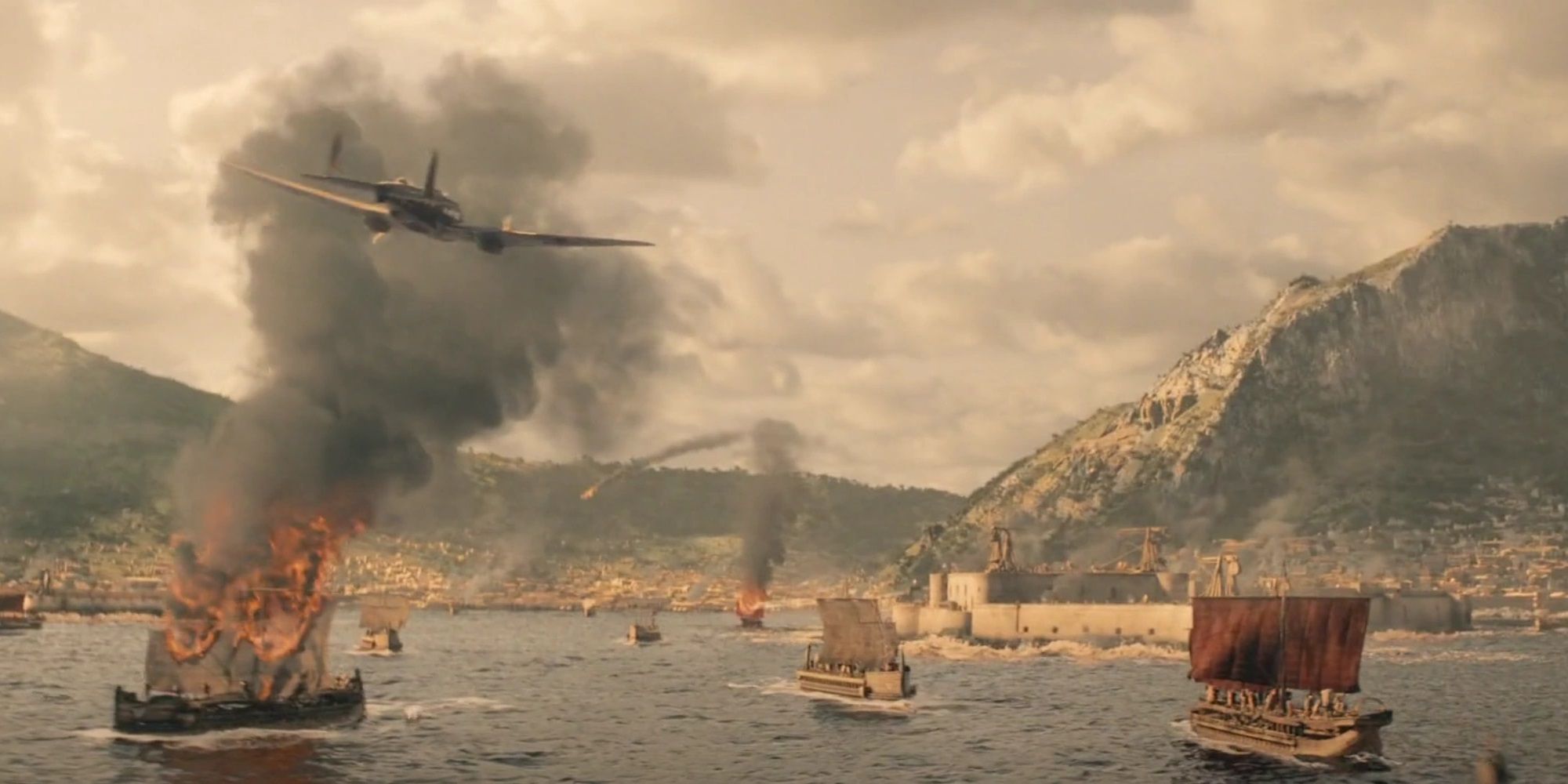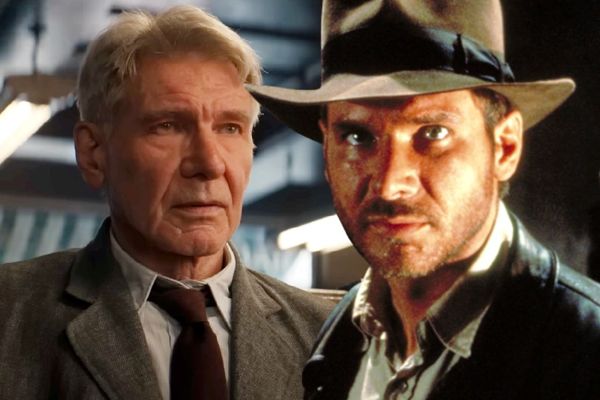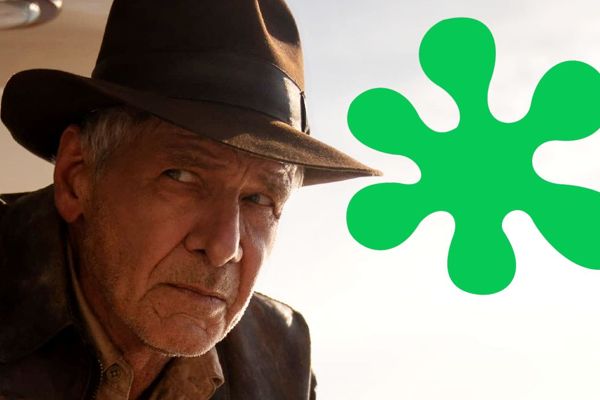
Does Dial of Destiny rely too much on VFX?

A look at the reliance on visual effects in the latest installment of the Indiana Jones franchise, Indiana Jones and the Dial of Destiny.
Introduction
Indiana Jones and the Dial of Destiny, the latest installment in the Indiana Jones franchise, has sparked a conversation about its heavy reliance on visual effects (VFX). Directed by James Mangold and featuring Harrison Ford as the swashbuckling archaeologist, the film has garnered attention for its extensive use of digital effects to bring the story to life.
A time-traveling plane arrives in Syracuse in Indiana Jones and the Dial of Destiny
Recently, Industrial Light & Magic shared a new video on YouTube that breaks down the notable VFX sequences featured in the movie, providing a behind-the-scenes look at the integration of practical elements with visual effects. This video has shed light on the crucial role that digital effects played in the creation of the film, prompting discussions about the impact of VFX on the overall viewing experience.
The Debate on Visual Effects
The reception of Indiana Jones and the Dial of Destiny has stirred a debate surrounding the film's heavy reliance on visual effects. While the movie has delivered the action-packed sequences characteristic of the franchise, the use of digital effects has raised concerns among critics and fans.
One of the central points of contention is the comparison between the digital imagery and the practical effects that defined the original trilogy. The de-aging sequence in Indiana Jones and the Dial of Destiny, showcased in the breakdown video, utilized deepfake technology drawing from hours of Harrison Ford's previous performances. This approach has highlighted the evolving landscape of VFX in filmmaking, but it has also drawn parallels to the criticisms faced by the previous installment, Indiana Jones and the Kingdom of the Crystal Skull.
The Kingdom of the Crystal Skull, directed by Steven Spielberg, faced widespread criticism for its excessive use of VFX in sequences that were perceived as out of place within the franchise. These criticisms have resurfaced in discussions about the latest film, with comparisons to iconic scenes from the original trilogy emphasizing the impact of practical effects over digital imagery.
Artificiality in the Franchise
The prevalence of VFX-heavy sequences in Indiana Jones and the Dial of Destiny has raised questions about their fit within the franchise's thematic and visual identity. While these sequences may align with the narrative and spirit of the series, they have been met with skepticism regarding their authenticity and impact.
In comparison to iconic scenes such as the tank chase in Indiana Jones and the Last Crusade and the truck sequence in Raiders of the Lost Ark, the digital effects in the latest installment have been perceived as lacking the tangible and immersive qualities associated with practical effects. The debate surrounding the artificiality of these sequences has sparked discussions about the essence of the Indiana Jones franchise and its cinematic legacy.














